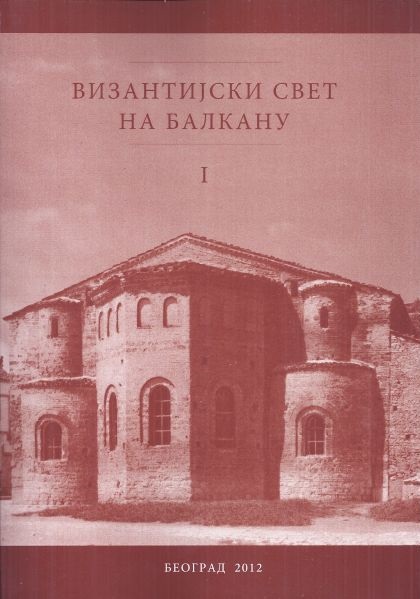Богослужбени списи посвећени светом Јоаникију Девичком
Liturgical Texts Dedicated to Saint Ioannikios of Devič
Author(s): Irena Špadijer
Subject(s): Cultural history, 13th to 14th Centuries, Eastern Orthodoxy
Published by: Vizantološki institut SANU
Summary/Abstract: Evidence of the existence of the cult of St. Ioanikkios of Devi~, the Serbian hermit who lived in the first half of the 15th century, can be found in the texts written several centuries after his death and in his rise to sainthood. These texts were preserved in the 18th century manuscripts — one sinaxar life of the saint and two completely independent church services — the first copied in the Devi~ monastery in 1757, and the second one, written by Antonije, a monk from the Grabovac monastery in Hungary, in 1759. Antonije’s Grabovac service was written, as it were, in a ‘new’ spirit. It portrays a rather generalized character, a saint devoid of individual characteristics and who has very little in common with Ioanikkios’ real personality, not even to the degree that is customary in this type of poetry. The Grabovac service has very little to do with the saint it was dedicated to, both in terms of time and its essence. On the other hand, the text written in the Devi~ monastery is the copy of an older text which may date back to the time when the service was created. For this reason, the Devi~ text is analyzed more closely in this paper and within the context of old Serbian liturgical poetry. The paper examines the structure of the Devi~ service (and sinaxar life of the saint in it) and tries to determine, on the basis of text analysis, the time when the service was written. Judging by the immediate poetic images used to describe the saint, which are indicative of the period in which he lived, as well as by the predominantly hesychast atmosphere of the text — the period when this work was written may have been the fourth decade of the 15th century at the latest. This was the period when hesychasm was strong, and poetry emanated hope and peacefulness. The next decade already marked the unfolding of unfortunate historical events: the fall of Constantinople (1453), the death of Despot Djuradj Brankovi} (1456), the fall of Smederevo (1459) and the Turkish massacre of the Orthodox population, such as the one in Novo Brdo in 1477. Such events added to Serbian literature a tone of sincere desperation, a painful doomsday feeling and expectations of the ‘end times’ that were non-existent in the church service dedicated to St. Ioanikkios.
The Appendix contains the issue of the sinaxar life of St. Ioanikkios from the Devi~ service, according to the manuscript written in 1757, which is kept in the Serbian Academy of Arts and Sciences Archive, No. 71.
Book: Византијски свет на Балкану I-II
- Page Range: 597-605
- Page Count: 9
- Publication Year: 2012
- Language: Serbian
- Content File-PDF

